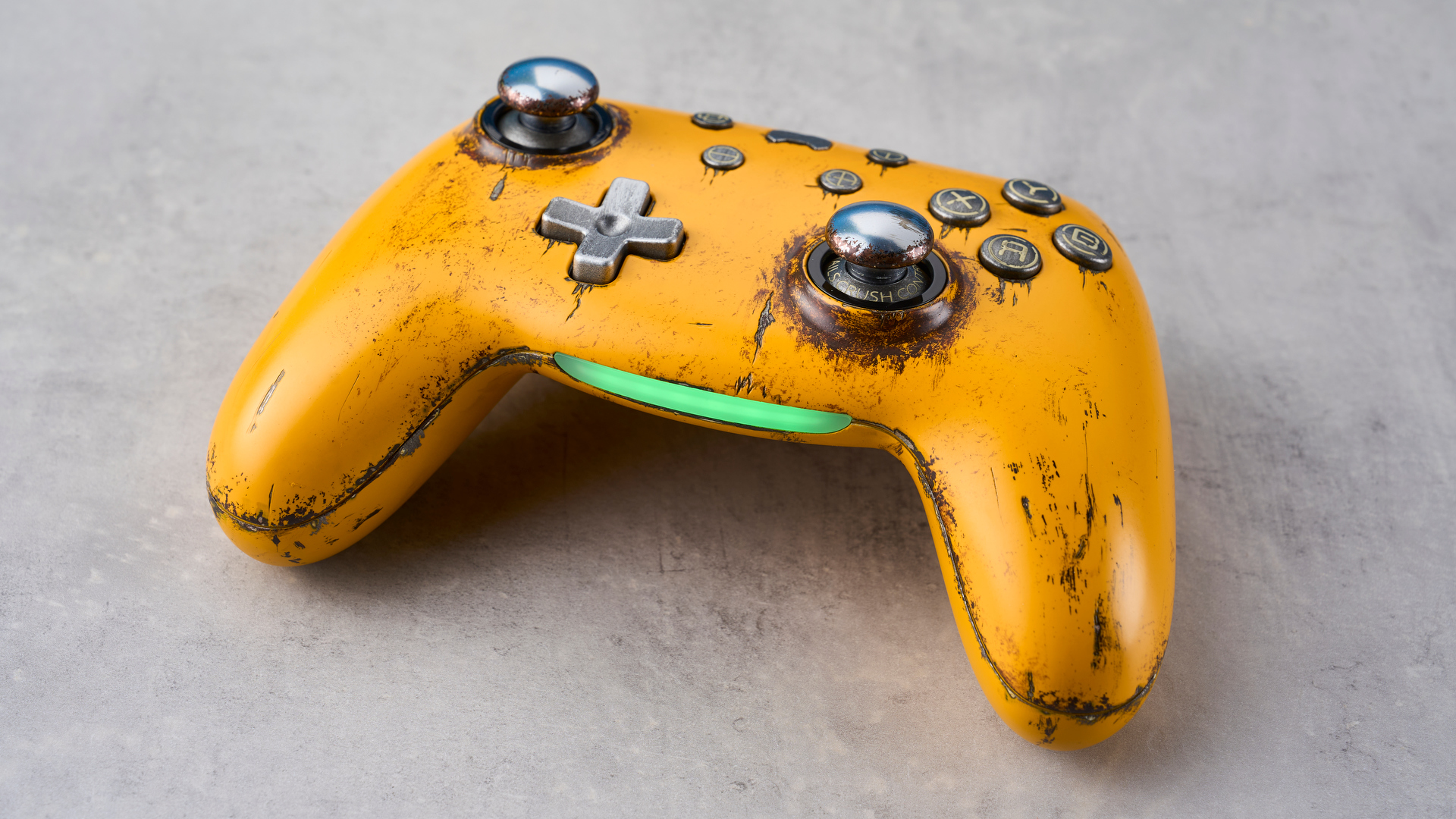
Custom controllers have a rich history, with adherents ranging from the very best esports professionals, to even Timothée Chalamet. I have long saw third party controllers as a cheaper alternative to buying a new mainline controller, rather than an upgrade — but the growing popularity of Hall Effect controllers in the last few years have proven otherwise.
The Hall Effect is essentially a move away from the traditional analogue sticks, where physical contact causes them to wear down over time, and ultimately cause stick drift. Using magnets, rather than a direct point of contact, the Hall Effect allows thumbsticks to possess increased accuracy by reading electromagnetic waves, and eliminated stick drift as a possibility.
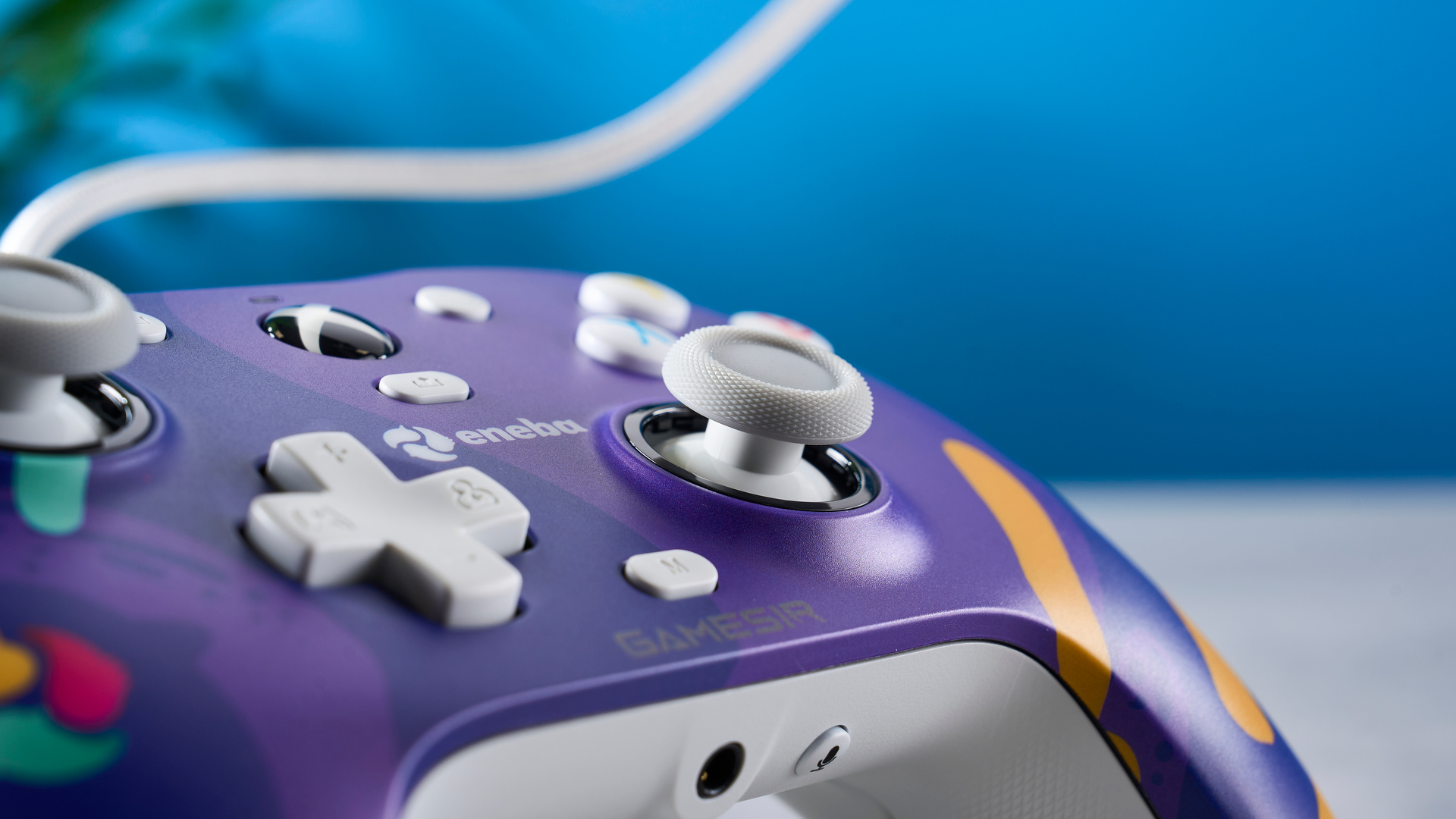
Many of the best PC game controllers have incorporated this tech in great ways, both for thumbsticks and triggers. The GameSir G7 SE ($44) is one of my favorite examples of this, with the thumbsticks feeling accurate, with a nice amount of customization available — all contained in an otherwise standard Xbox format.
You're not going to be able to go back to a standard, analog controller after giving the G7 SE a shot, especially if you want to get the most out of your gamepad.
TMR and you
So, if Hall Effect is so good, why would you need anything else?
A brief search will tell you that TMR (Tunnel Magneto Resistance) is a complex concept involving quantum tunneling and ferromagnets. I am not going to pretend to understand what the ramifications this has on science, but this technology was originally used for hard drives.
You don't really need to wrap your head around the specifics to make the most of it in-game, though, and you'll quickly pick up on the key differences.
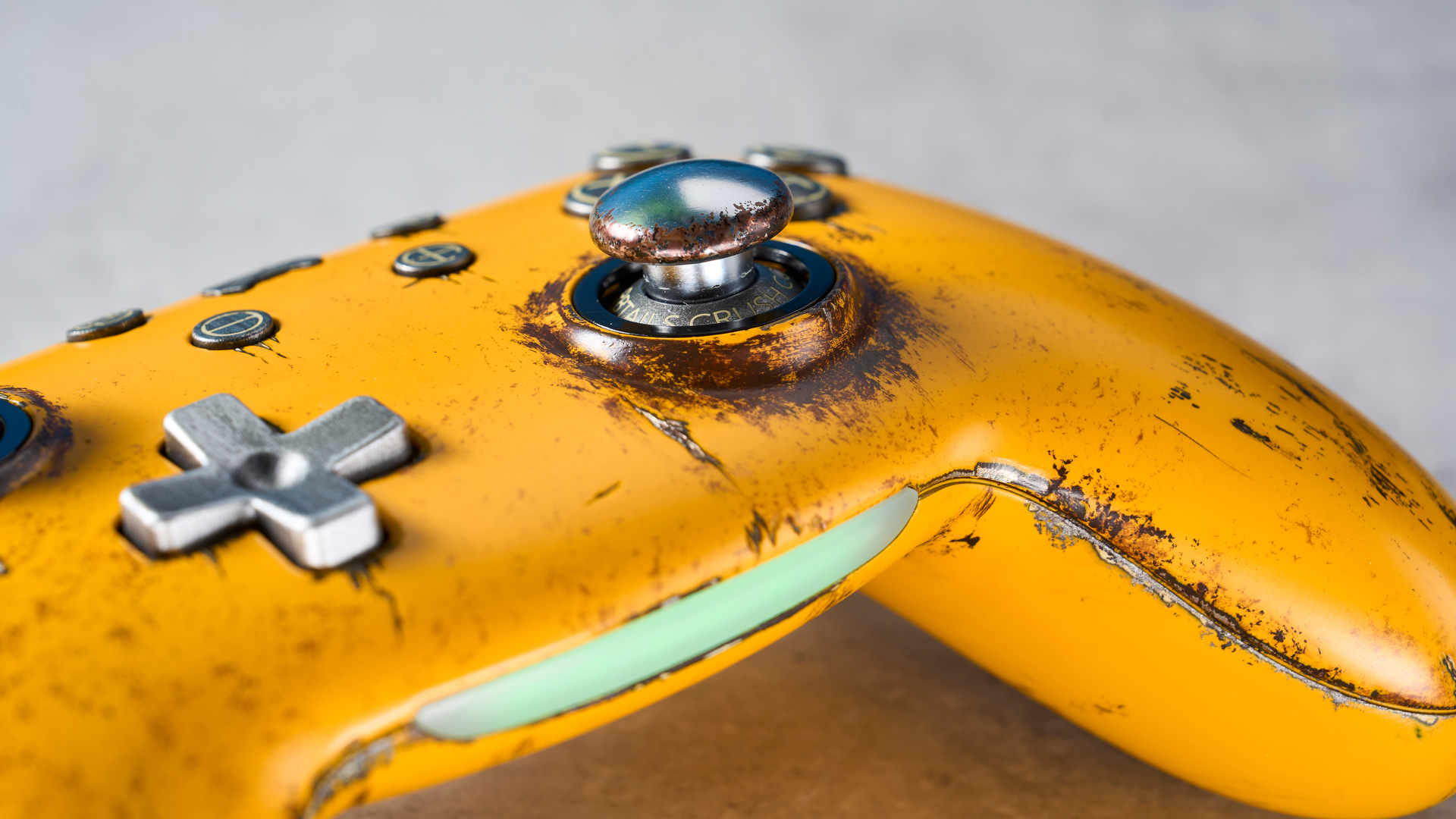
Only recently being used for controller thumbsticks, TMR allows you to reach even more precise levels of accuracy than what the Hall Effect is capable of. It uses weak electromagnetic waves rather than strong ones, which means that smaller adjustments and movements are picked up by the sensor.
The boost to accuracy is definitely noticeable. Even with Hall Effect sensors, I found that sometimes small movements would not be picked up by the controller —sometimes to catastrophic in-game results.
This has the added bonus of using a fraction of the energy that Hall Effect sensors use, thanks to the use of weaker electromagnets. For controllers, this means more time gaming and less time charging. It's great if you're after longevity, as well as accuracy.
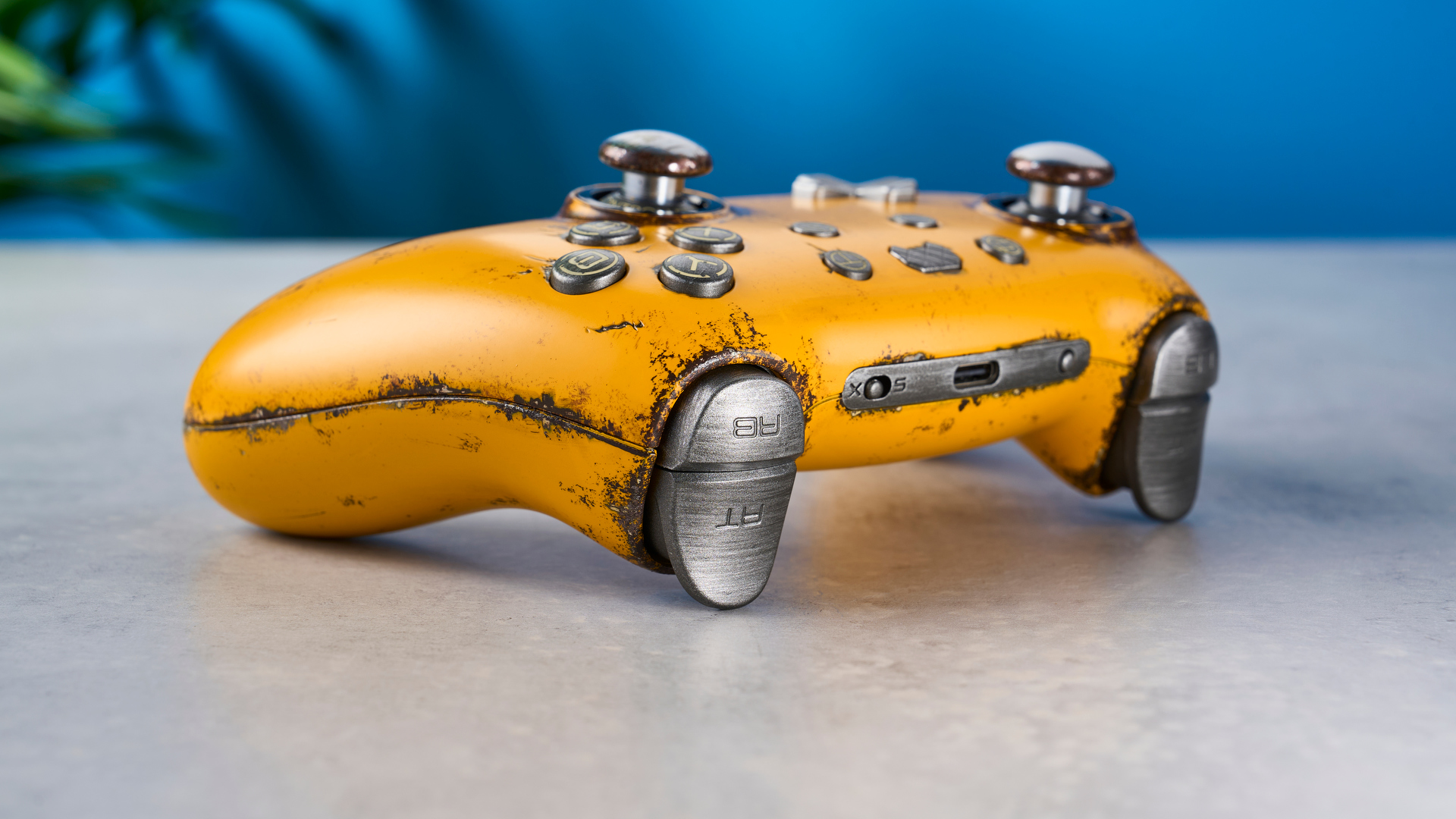
Leading the charge
The reason I am fully invested into the future of TMR for controllers is solely thanks to the PB Tails Metal Crush Defender ($104).
This metal beast of a controller comes with silver-topped TMR thumbsticks, as well as Hall Effect triggers, which combined makes it unstoppable in game. Making the most of PC compatibility, I immediately took to the skies with it in Ace Combat 7. Swooping around the skies never felt better, with last-minute manoeuvres coming much more naturally to me.
It even comes with a cool, Borderlands-esque metallic case — holding the controller made me feel like I struck gold at the scrap heap, and added to my jet-fueled action on screen.
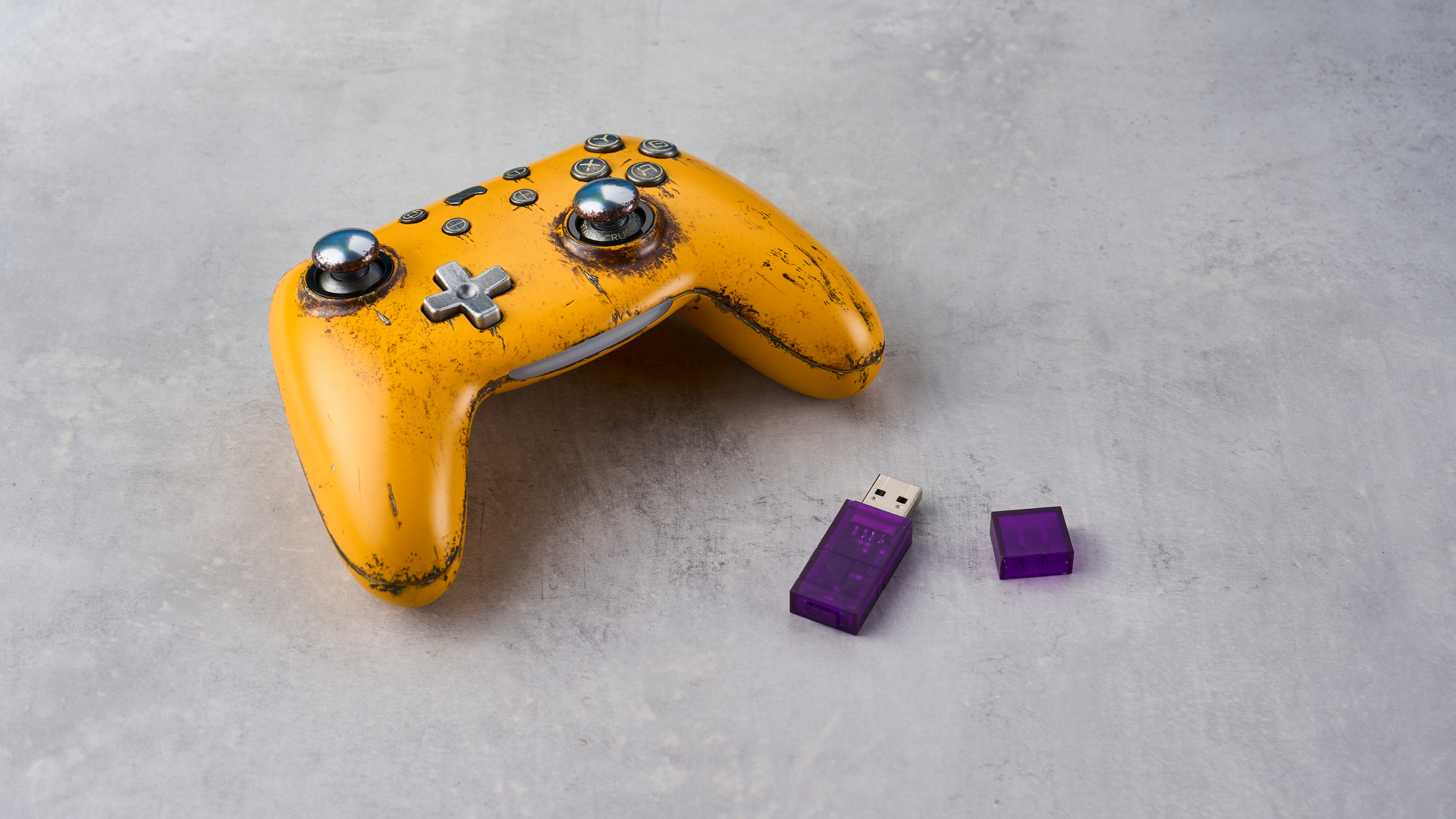
Unlike the G7 SE, it is compatible for the Nintendo Switch. The Switch's JoyCons were a source of frustration due to the infamous stick drift epidemic, afflicting a large number of long term Switch user's controllers. The TMR thumbsticks on the Crush Defender are immune to this issue, and the added accuracy is huge.
I noticed the difference over Hall Effect Pro controllers such as the 8BitDo Ultimate ($70), and I was able to pull off moves in Super Smash Bros. Ultimate that I have only dreamed of before. It felt like the control was greater than before, with the silver thumbsticks moving effortlessly to guide my character to victory after victory.
A magnetic future?
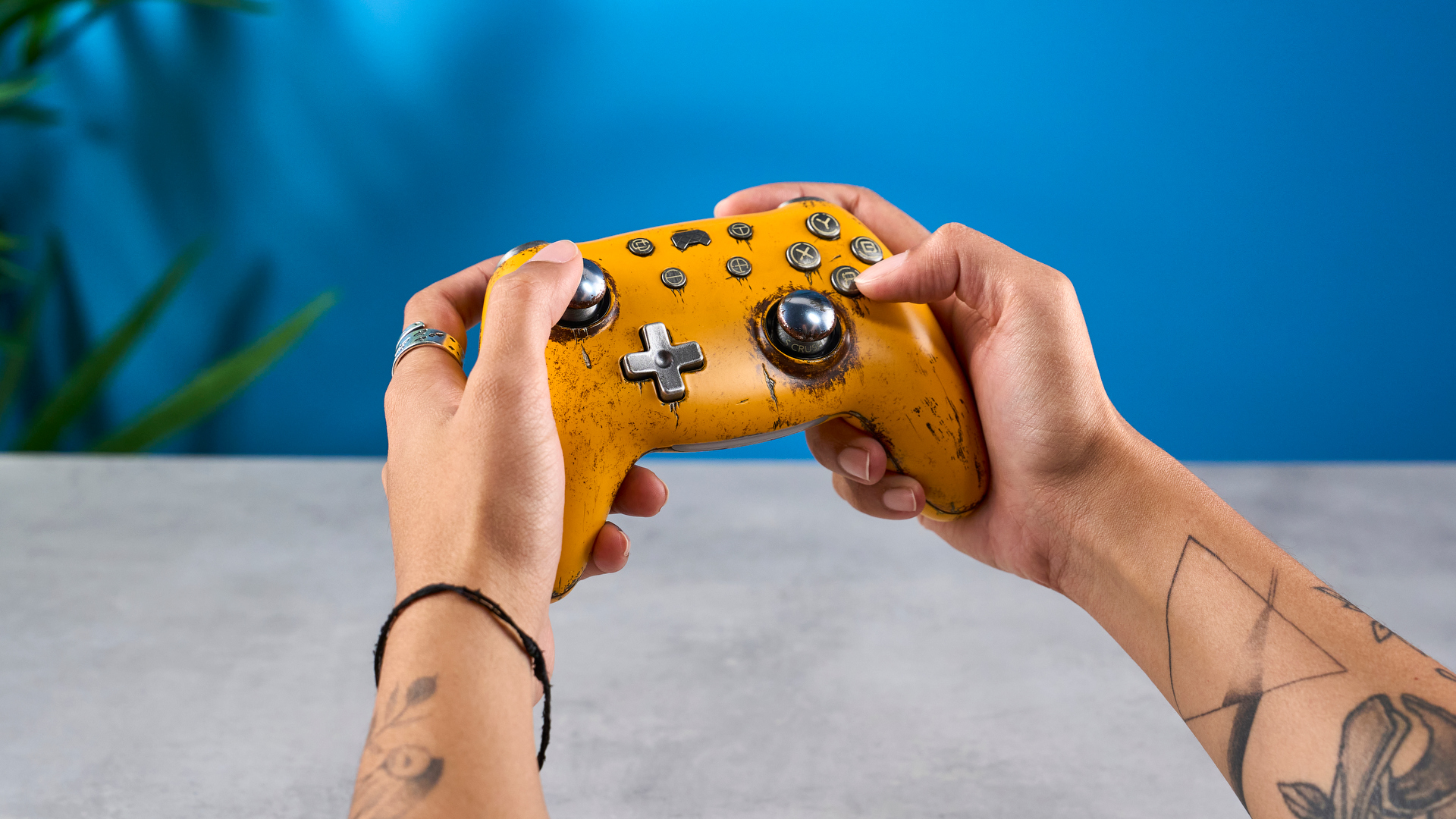
I am excited for more competitor controllers to release their own TMR builds, and I hope to see the trend become a mainstay like Hall Effect has. At the moment, the PB Tails Crush Defender, and the TMR edition of the PB Tails Crush ($49) are the only mass produced controllers with this feature.
Don't get me wrong, these are some great controllers to start with. But I would really appreciate more variety in design, and wider compatibility. The near-total lack of customization available for the Crush Defender is particularly sign that there is a lot of untapped potential.
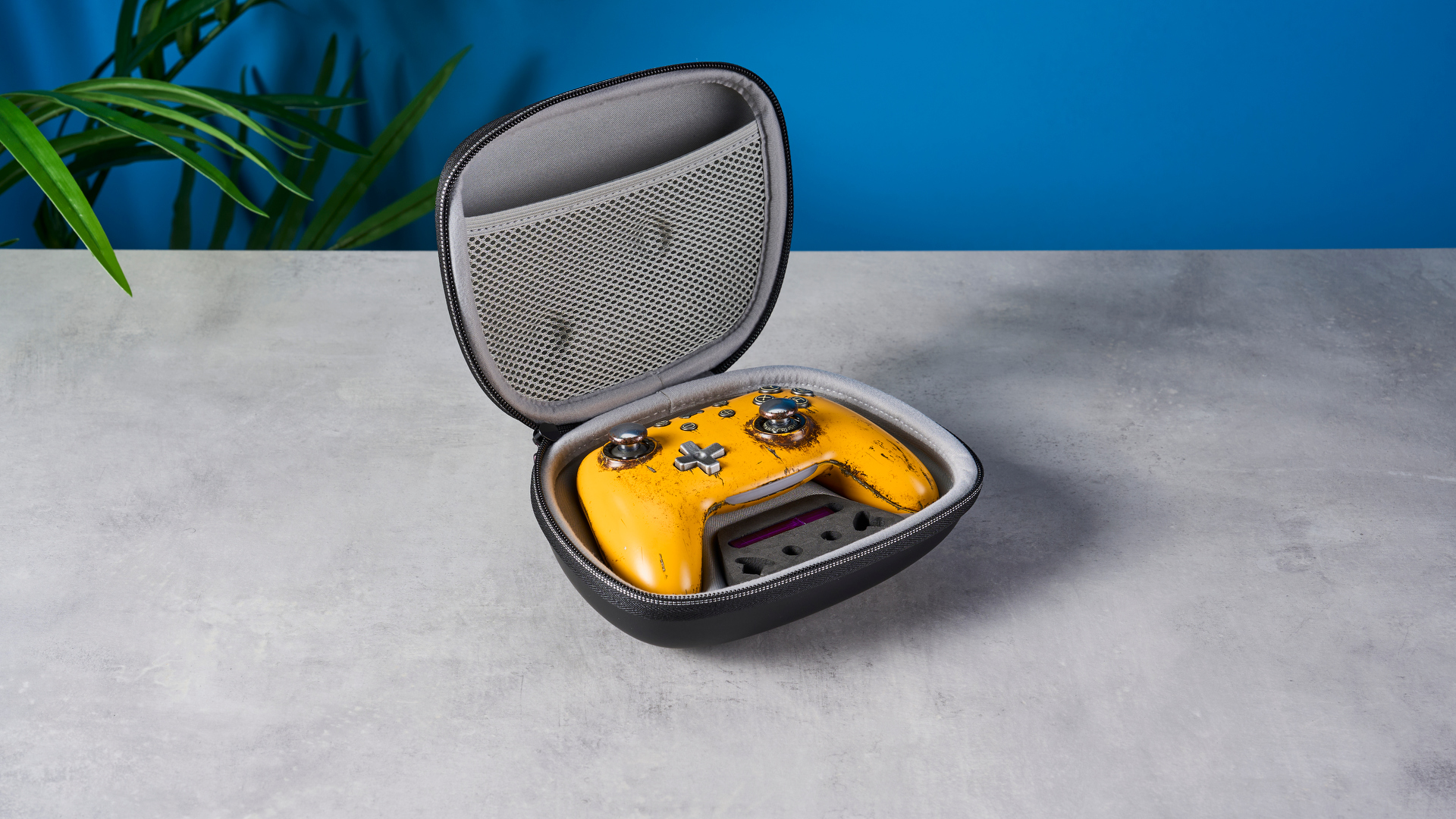
Fortunately, TMR is incredibly easy to install on controllers. It doesn't require a total re-wiring or reworking of a controller's design — it is quite literally a straight upgrade over Hall Effect, and I (boldly) believe the future will see Hall Effect be made somewhat obsolete by this very cool technology.
Needless to say, I am excited for what's to come in the world of magnet-powered controllers.







